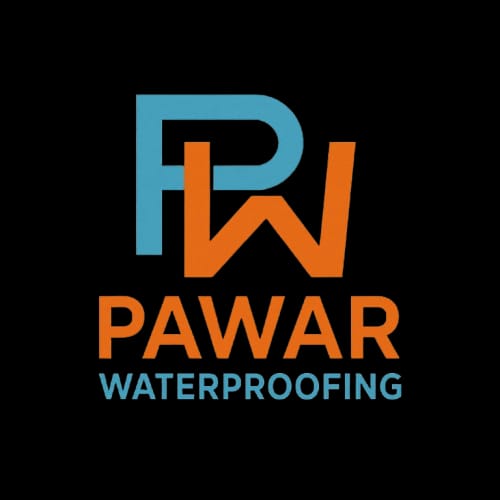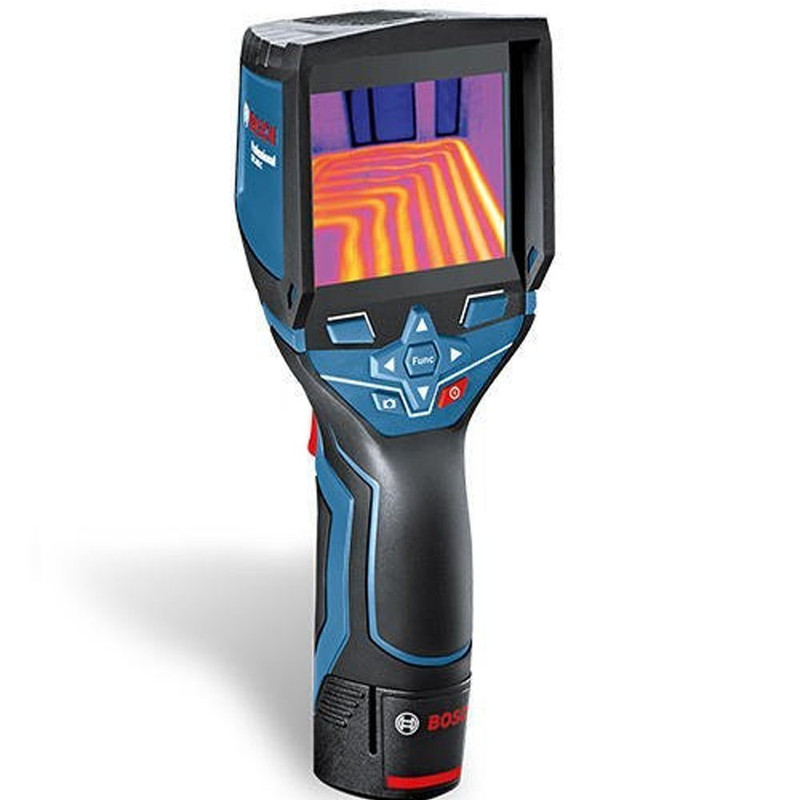
Thermal Scanning
Non-destructive leak and moisture detection using advanced infrared imaging.
View Details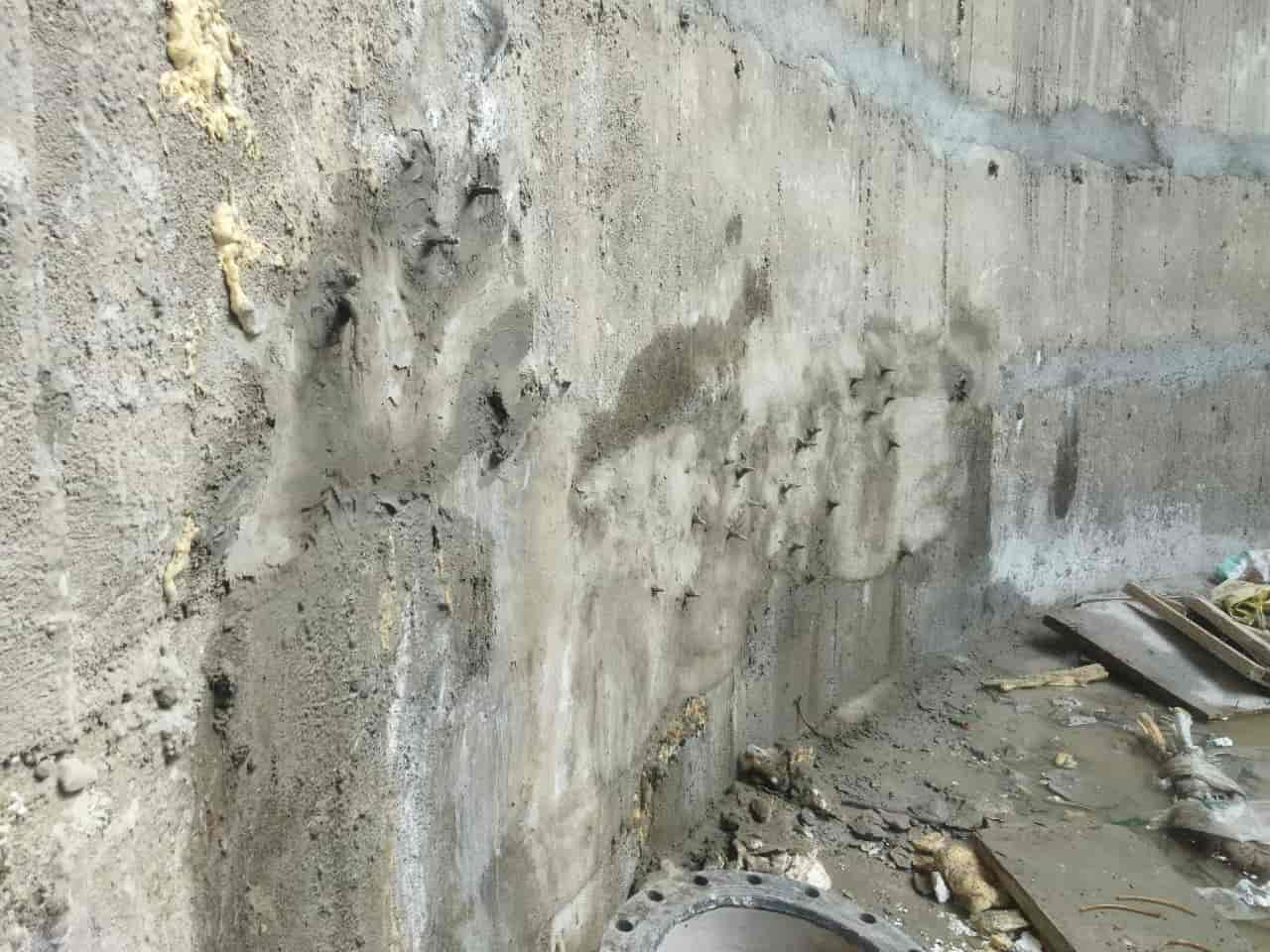
PU Injection
Stops active leaks by injecting expanding polyurethane into cracks and voids to seal water paths permanently.
View Details
Epoxy Grouting
High-strength epoxy resin injection used to bond and restore cracked concrete structures effectively.
View Details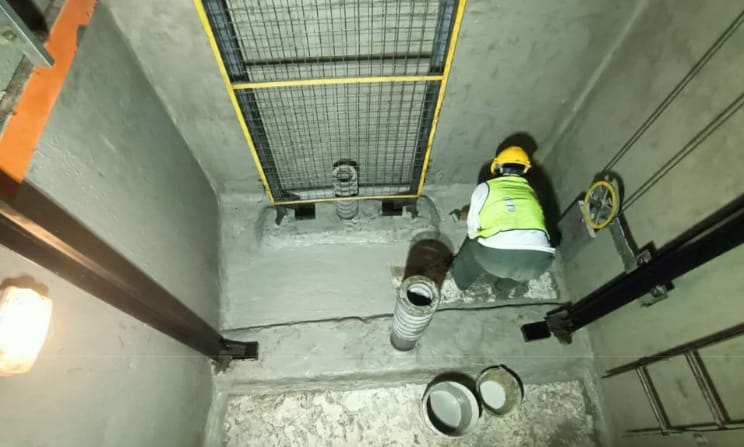
Basement Waterproofing
Advanced systems to protect basements from groundwater seepage using membranes and PU-based coatings.
View Details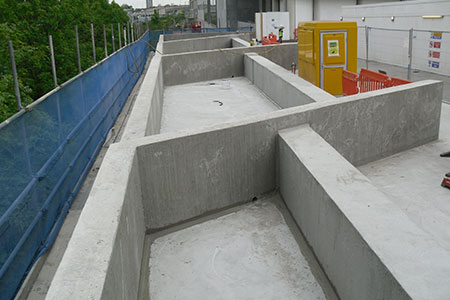
Podium Waterproofing
Heavy-duty waterproofing designed for podium slabs, driveways, and landscaped areas with long-lasting protection.
View Details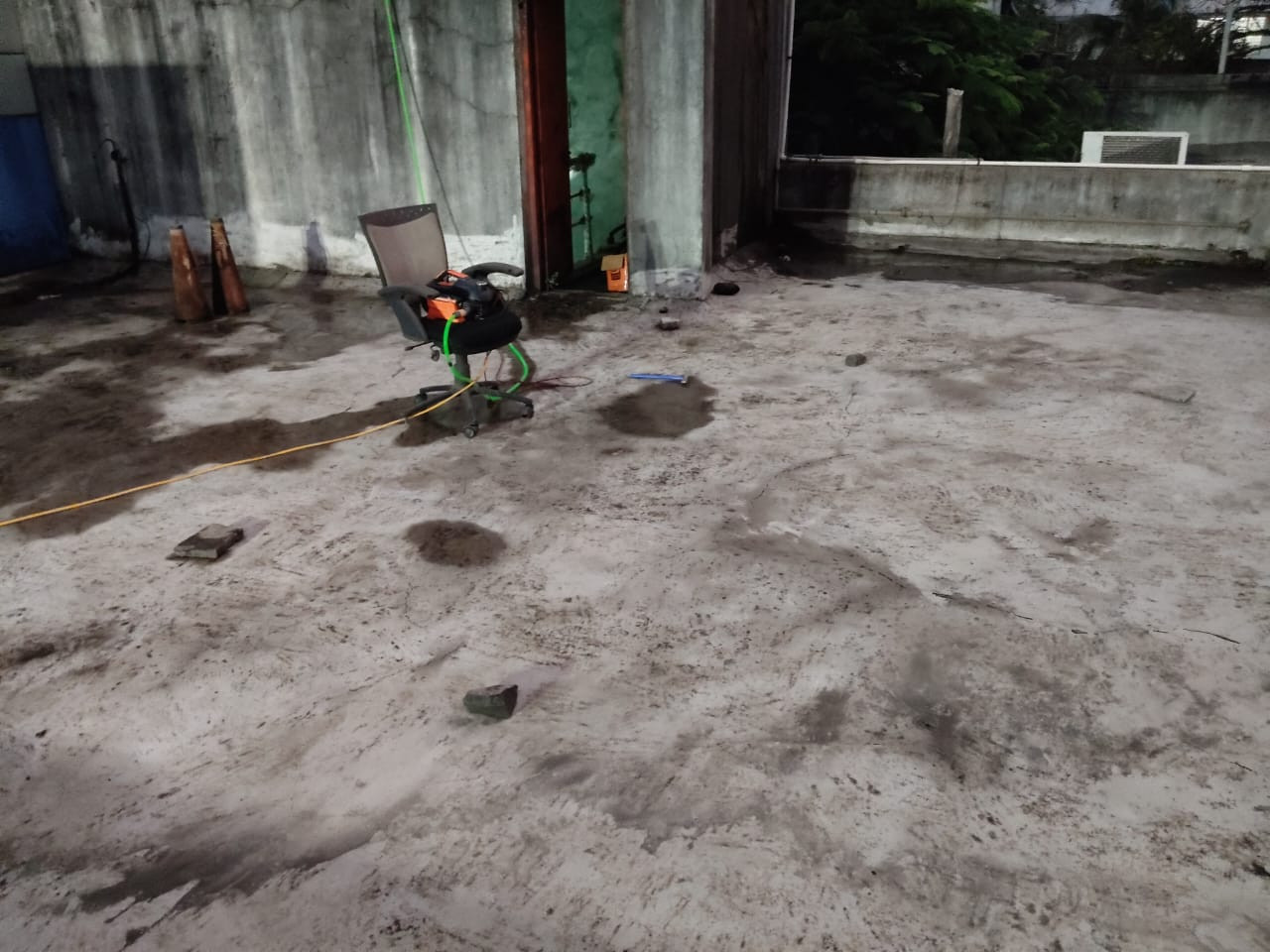
Roof Waterproofing
Shield your terrace and roof from water and heat using high-performance liquid membranes and coatings.
View Details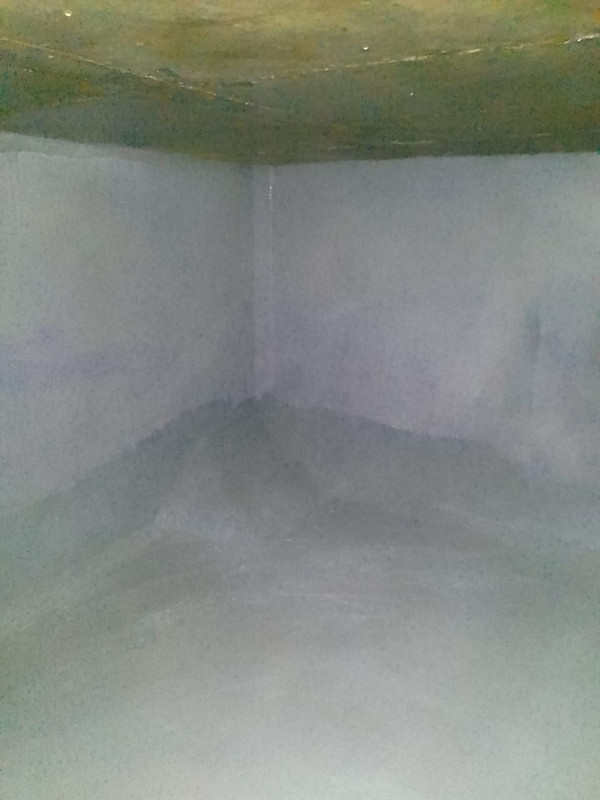
Tank Waterproofing
Protect overhead and underground water tanks from leakage and seepage using epoxy and crystalline coatings.
View Details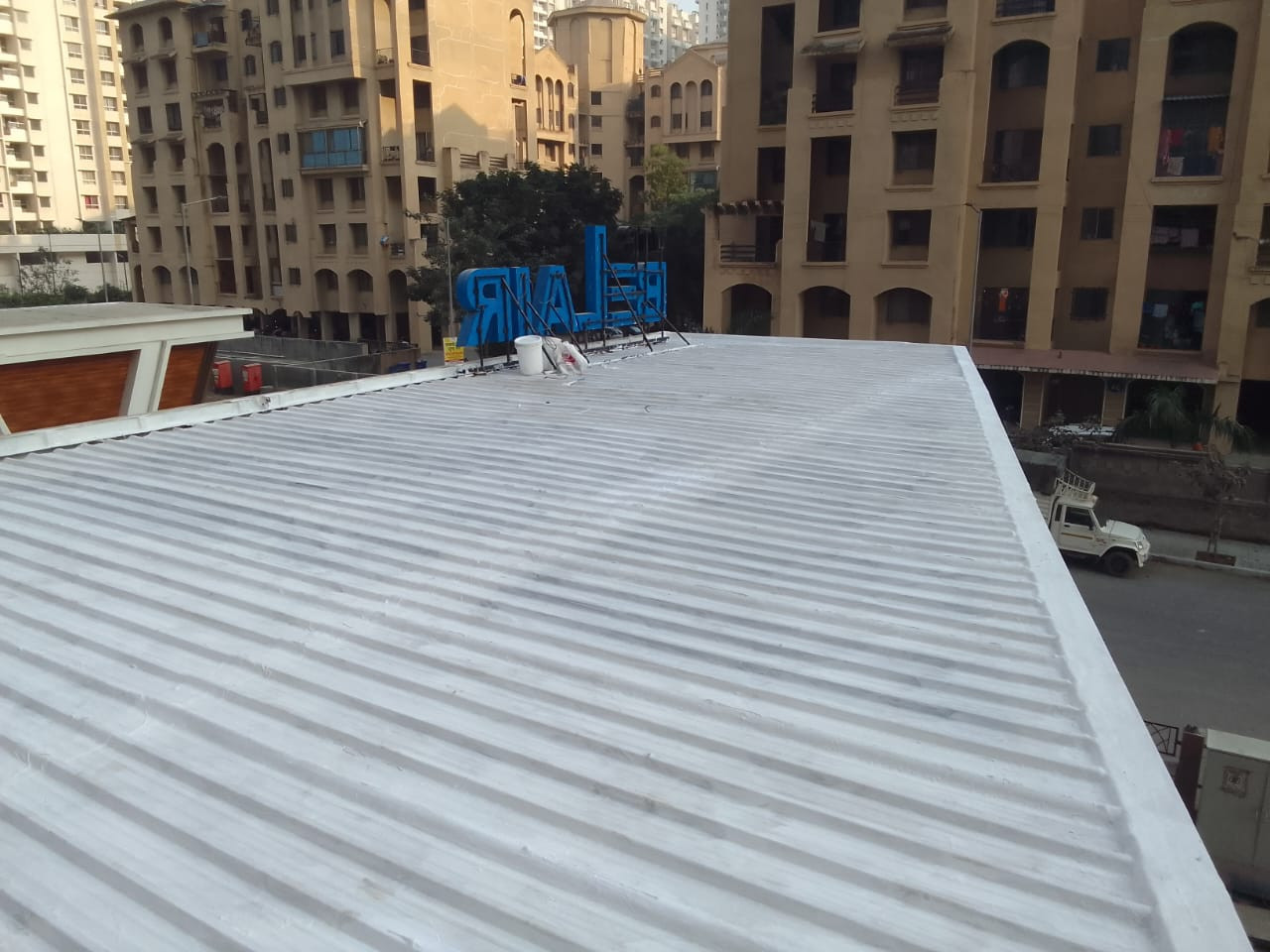
Commercial Shade Waterproofing
Weatherproof solutions for industrial sheds, warehouses, and large commercial roofs.
View Details
Crack Filling
Durable crack repair using epoxy, PU, and polymer materials for walls, ceilings, and slabs.
View Details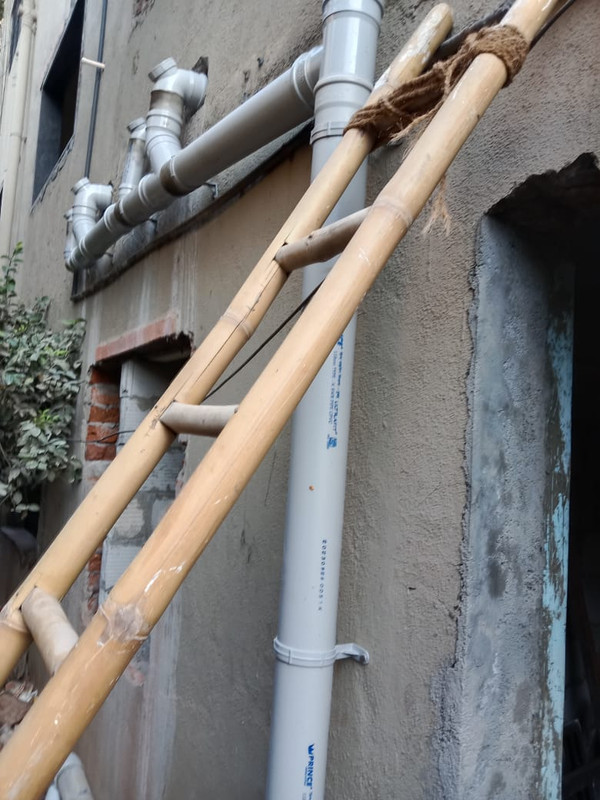
Plumbing Services
Professional plumbing repair and maintenance to prevent hidden leaks and water damage in your property.
View Details